order
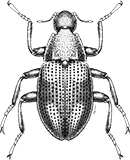
Coleoptera
“Adult Beetles”

Coleoptera
“Larval Beetles”

Diptera
“True Flies”

Ephemeroptera
“Mayflies”

Hemiptera
“True Bugs”

Lepidoptera
“Aquatic Caterpillars, Snout Moths”

Megaloptera
“Alderflies, Dobsonflies, and Fishflies”
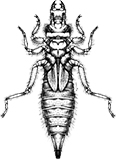
Odonata
“Dragonflies and Damselflies”

Plecoptera
“Stoneflies”

Trichoptera
“Caddisflies”
family
Perlodidae
“Stripetails, Springflies, Yellow Stones”
Genus Overview
One species in North America, Clioperla clio. They tend to be predatory on organisms living among leafpacks. One study suggests that diet shifts from a herbivore-detritivore in early instars to carnivore diet in later instars. Growth is rapid and suggests a univoltine life cycle.
Characteristics
POLLUTION TOLERANCE
Southeast: 4.8
Upper Midwest: 1
0 = least tolerant, 10 = most tolerant
FEEDING HABITS
Engulfer / Predator
MOVEMENT
Clinger
DISTRIBUTION
Widespread (east of the Rocky Mtns.)
HABITAT
Lotic-erosional
Diagnostic Characters
order
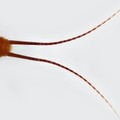
Two Tails
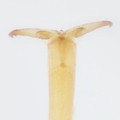
Two Tarsal Claws
family
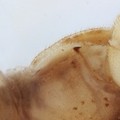
Gills Absent
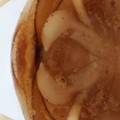
Glossae Shorter Than Paraglossae
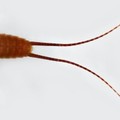
Tails Subequal To Abdomen
+ Expanded Character List
Order:
Wings developing in wing pads. Mouthparts suitable for chewing. Gills digitiform and located near mouthparts, on neck, sides of thorax, or underside of base of abdomen, never on top or sides of abdomen. Two tarsal claws per leg. Only two tails (cerci).
Family:
Paraglossae and glossae about same length. Second tarsal segment of each leg about same length as first. Wing pads divergent, not parallel with body. Gills absent from thoracic and abdominal segments of eastern species. Hind legs do not reach end of abdomen. Tails are subequal to the length of abdomen or longer. Thoracic nota usually with distinct pigment pattern.
Genus:
abdomen uniform brown color, lacinia rounded, submental gills absent,
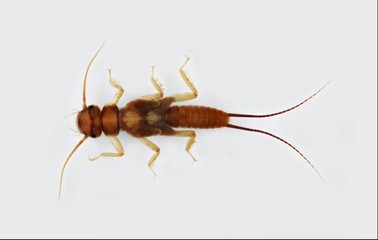
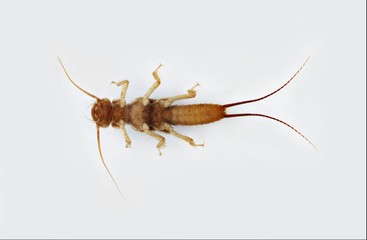
Dorsal
Ventral



